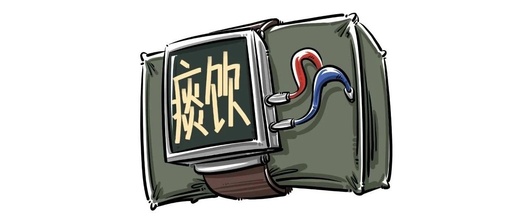
 2020 was destined to be an extraordinary Year of the Rat, as the nation faced the invasion of the novel coronavirus at the beginning of the new year.Although this battle was arduous, everyone was doing their part to win this war, and I believe that soon we will prevail!During this pandemic, it has become evident that both Traditional Chinese Medicine (TCM) and Western medicine have their own understandings of the coronavirus, and both have achieved exciting results.However, as ordinary citizens, we must act rationally and distinguish the effects and properties of medications; we must not use them indiscriminately. This is akin to the lengthy instruction manual found in a medicine box; only by understanding the essence of the medication can we use it safely.In the spirit of introducing knowledge, starting this week, we will begin a series on the interpretation of classical formulas. On one hand, it aims to popularize knowledge and unveil the mysteries of classical formulas; on the other hand, we hope to inform everyone about which formulas should be taken at what times and for which symptoms, to avoid misuse and delay in treatment.Now, without further ado, let’s start with a story!
2020 was destined to be an extraordinary Year of the Rat, as the nation faced the invasion of the novel coronavirus at the beginning of the new year.Although this battle was arduous, everyone was doing their part to win this war, and I believe that soon we will prevail!During this pandemic, it has become evident that both Traditional Chinese Medicine (TCM) and Western medicine have their own understandings of the coronavirus, and both have achieved exciting results.However, as ordinary citizens, we must act rationally and distinguish the effects and properties of medications; we must not use them indiscriminately. This is akin to the lengthy instruction manual found in a medicine box; only by understanding the essence of the medication can we use it safely.In the spirit of introducing knowledge, starting this week, we will begin a series on the interpretation of classical formulas. On one hand, it aims to popularize knowledge and unveil the mysteries of classical formulas; on the other hand, we hope to inform everyone about which formulas should be taken at what times and for which symptoms, to avoid misuse and delay in treatment.Now, without further ado, let’s start with a story!
Beginning of the Main Text
Once upon a time, there was a man named Li, around thirty years old, who was slightly overweight and had a history of phlegm-damp symptoms. One day, due to the cool weather, he caught a cold and could not stop coughing and wheezing.This man could not lie flat and had to sleep propped against a wall. He also exhibited symptoms of poor spirit, fullness in the chest and abdomen, and poor appetite. After suffering from prolonged coughing and wheezing, he was in great pain and sought the help of the young Zhang Xichun, hoping to cure his illness.The young Zhang Xichun carefully observed the patient and found no signs of heat in the body. He prescribed several formulas to disperse wind and resolve phlegm, but after several days with no effect, Zhang Xichun was quite troubled. At this point, he remembered a wise person and went to seek advice.The wise person, indeed wise, after examining the patient, said:“This illness is easy to treat; it is a case of Xiao Qing Long Tang (Minor Blue Dragon Decoction).”Zhang Xichun was greatly inspired and returned to prescribe this medicine. After one dose, the wheezing stopped, and after three doses, he was basically cured.This incident had a significant impact on Zhang Xichun, and from then on, he diligently studied the knowledge of cold damage, eventually becoming a renowned physician.(This medical case is from “Yixue Zhongzhong Canxi Lu”)Having read this, everyone must be curious about what exactly Xiao Qing Long Tang is. However, we should not rush into learning; let’s first examine what illness this person had.This person suffered from asthma, or more accurately, it should be called asthma disease (xiao bing). Asthma disease is a paroxysmal wheezing and dyspnea condition, characterized by the presence of wheezing sounds in the throat, difficulty breathing, and an inability to lie flat during attacks.Although the above respiratory symptoms are primary, this is a disease involving the lungs, spleen, and kidneys, primarily related to phlegm-dampness. Speaking of phlegm-dampness, it requires a detailed explanation.This condition is similar to bronchial asthma and asthmatic bronchitis in Western medicine, classified as a “hidden phlegm syndrome” of phlegm-dampness. So, what is “hidden phlegm”? In simple terms, it is due to dysfunction of the internal organs, leading to weakened ability of the lungs, spleen, and kidneys to transport and transform fluids, resulting in the accumulation of fluids that block pathways, which over time forms phlegm-dampness. However, this pathological product is not the same as the phlegm-dampness we usually encounter; sometimes it can act like a bomb, lurking in various parts of the body, referred to in TCM as “su gen.” When this hidden root encounters stimuli, such as changes in climate, improper diet, emotional stress, or post-illness weakness, the fuse of this time bomb is ignited, leading to an outbreak, with the external manifestation being asthma disease.
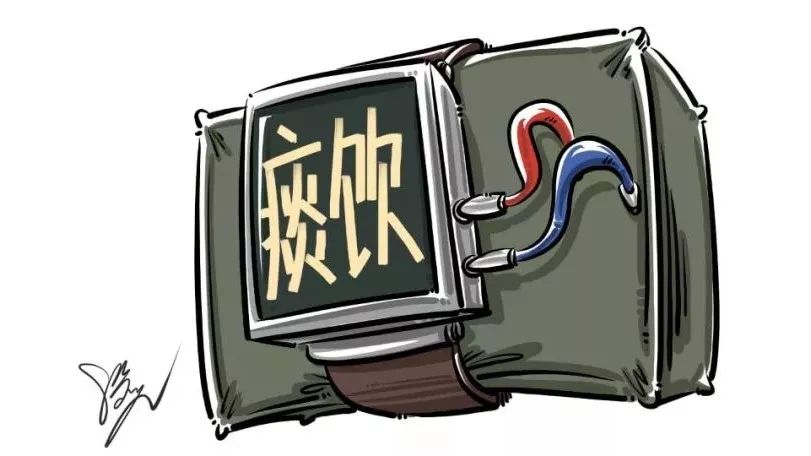
In TCM, asthma disease is divided into “cold asthma,” “heat asthma,” “cold with heat asthma,” “wind-phlegm asthma,” “deficiency asthma,” and “organ deficiency asthma.” Today, let’s first discuss the “cold asthma” corresponding to Xiao Qing Long Tang.“Cold asthma,” like the other syndromes, requires the presence of “hidden roots” in the body. However, the difference is that patients with this condition generally exhibit pale complexion, cold limbs, and other symptoms of yang deficiency. When exposed to cold evil or when yang deficiency symptoms worsen, the “hidden root” in the body will acquire a cold nature, turning into cold phlegm, which obstructs the airways and damages lung qi.At this time, patients typically experience symptoms such as a wheezing sound resembling that of a frog, rapid breathing, difficulty in breathing, a sensation of being stuffed with a large mass in the chest, a preference for warm water, fear of cold, and exacerbation of coughing and wheezing when exposed to cold, which can be extremely distressing.
What did Mr. Liu Duzhou say?
Mr. Liu Duzhou, a late professor at Beijing University of Chinese Medicine and a master of cold damage, summarized several diagnostic approaches for using this formula, which I find particularly important.★Distinguish the complexion. It is essential to assess the complexion of the person. What does their complexion look like? In cases of cold-dampness, external cold and internal dampness, cold-dampness is a yin evil that injures yang qi. Such individuals will definitely have insufficient yang qi. If you look at their face, it should appear dull, even somewhat dark. Mr. Liu Duzhou referred to this as “water color,” which is a kind of darkening. Additionally, if there are two dark circles formed by numerous small dots, he called this “water ring.” If the face has many dark spots, he referred to this as “water spots.” Therefore, the entire face appears dark and dull, which is called “water color.” This is very important. This is the first point.★Distinguish cough and wheezing. What are the characteristics of this cough and wheezing? One important characteristic is that the patient cannot lie flat; they can only lean against something, but cannot lie down, as doing so exacerbates the cough and wheezing. Why? The ancients used to compare it to a water bottle; if there is water in the bottle and it is upright, the water stays at the bottom, but if the bottle is tipped over, the water rushes to the top. Therefore, for patients with heavy dampness, when they lie down, the dampness rises to the throat, leading to coughing and wheezing. This is a characteristic of many lung disease patients, and we need to consider whether there is dampness in the body.
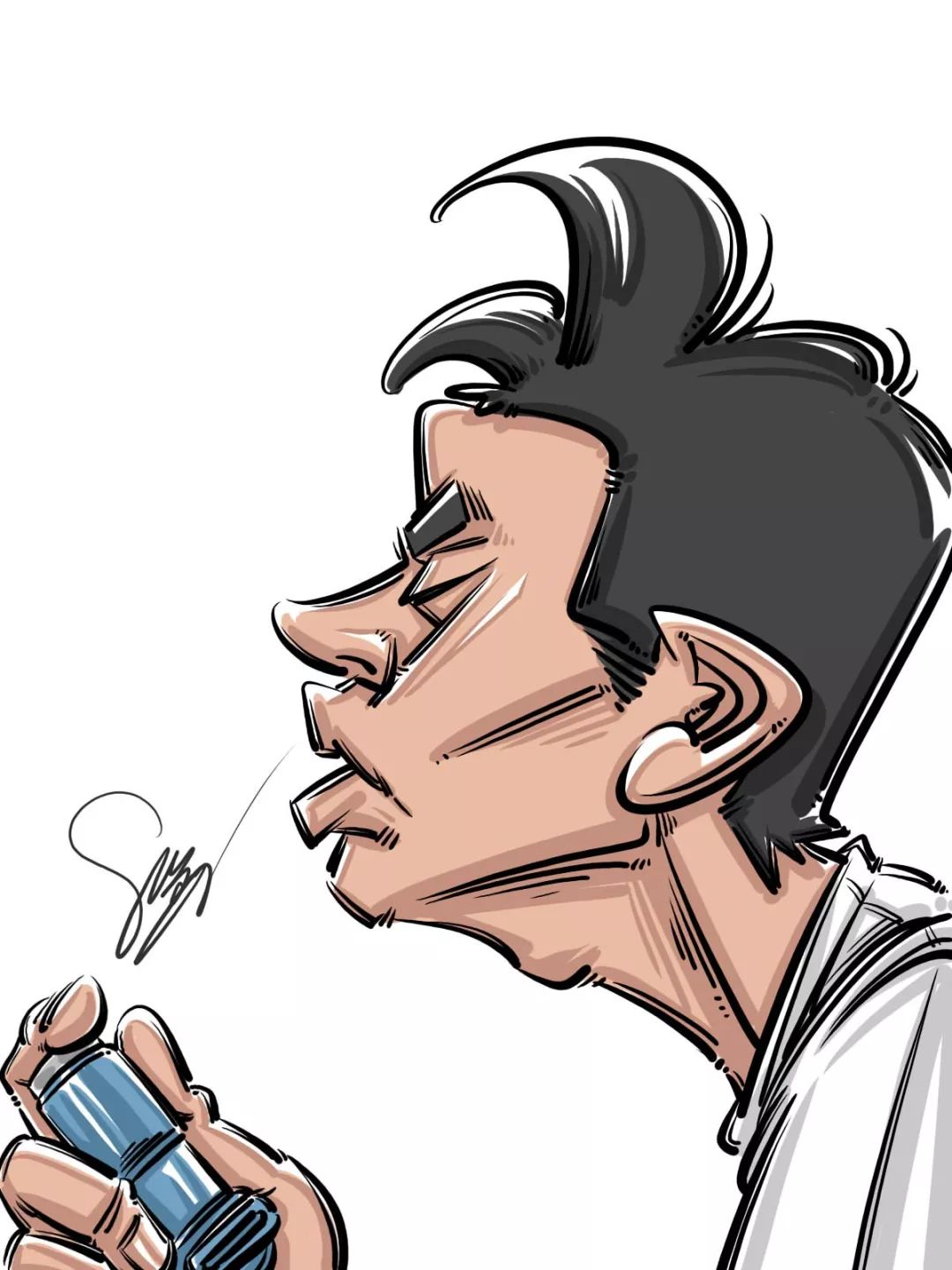
★Distinguish phlegm and saliva. Why use the term “saliva”? Saliva refers to clear, thin fluids, which are different from the thick phlegm we usually encounter. The phlegm and saliva produced due to lung cold will be white and thin, resembling foam. Sometimes, the expectorated phlegm may appear transparent like egg whites. It is not the yellow phlegm that some may expect. When someone touches this phlegm with their tongue, it feels cold, icy. This white or egg-white-like phlegm is often cold phlegm, possibly resulting from the combination of cold and dampness.★Distinguish tongue appearance. The tongue appearance often shows a slippery coating, indicating that there is a lot of saliva on the tongue. The tongue body generally does not change much, but when yang qi is severely damaged, the tongue body may appear pale and swollen. TCM masters generally emphasize tongue diagnosis.What about the pulse? Mr. Liu Duzhou stated that the pulse of cold-dampness often presents as a wiry pulse, which feels like a string. This is because the wiry pulse is associated with dampness. If the pulse is floating and wiry or floating and tight, it indicates that the cold is external. Internal dampness is present inside. If the illness has persisted for a long time and the cold-dampness has penetrated deeply, the pulse will often be deep.Mr. Liu Duzhou also summarized some other accompanying symptoms, indicating that dampness is retained in the body.To explain dampness, water refers to relatively clear and thin fluids, while dampness is slightly thicker. Therefore, strictly speaking, water and dampness are somewhat different, as are phlegm and dampness, but they all originate from the same source; they are just in different states.What happens when dampness is retained in the body?Depending on the movement of qi, dampness retained in different places will lead to different manifestations. For example, if dampness is in the stomach, it can cause nausea; if in the intestines, it can lead to diarrhea; if in the small intestine, it can cause difficulty urinating; and if it settles in the limbs, it can lead to edema, etc.In the case of Xiao Qing Long Tang, besides cough and wheezing, what other symptoms might there be?Sometimes there may be thirst, sometimes vomiting, due to dampness retained in the stomach. Sometimes there may be a sensation of fullness in the lower abdomen, or fullness in the belly, due to retention in the interior. There may also be diarrhea and other different symptoms. As long as we grasp the symptoms mentioned by Mr. Liu Duzhou, I believe we can basically determine that if you see someone with severe cough and wheezing and these symptoms, we can conclude that Xiao Qing Long Tang should be used.
What herbs are in Xiao Qing Long Tang?
Having discussed so much, let’s take a look at the formula. Xiao Qing Long Tang is specifically designed for external cold and internal dampness. The middle-aged man mentioned at the beginning of the article was a perfect match for this condition, so the wise person directly used the original formula, which worked very well. I have also experienced similar symptoms in the past, and after using it, it was indeed a cure-all. Now, let me introduce it in detail.Xiao Qing Long Tang is a famous formula from the “Shang Han Lun” (Treatise on Cold Damage). The basic formula contains eight herbs: Ma Huang (Ephedra), Shao Yao (Peony), Xi Xin (Asarum), Gan Jiang (Dried Ginger), Gan Cao (Licorice), Gui Zhi (Cinnamon Twig), Ban Xia (Pinellia), and Wu Wei Zi (Schisandra). Since it is “cold asthma,” it indicates the presence of cold evil in the body, which usually constrains and guards the yang qi of the human body. In TCM, this pathological state is referred to as “wind-cold binding the exterior.”To address this situation, we first choose Ma Huang and Gui Zhi. First, Ma Huang is known as the “first herb for inducing sweating and releasing the exterior.” It has a particularly strong ability to induce sweating and is also adept at regulating lung qi, making it an important role in treating wind-cold exterior excess.However, it should be noted that while Ma Huang is powerful, it often causes injury to fluids due to excessive sweating. Therefore, for those who wish to try prescribing it themselves, be sure to use it according to the symptoms and in appropriate dosages.Next, Gui Zhi is less aggressive; its ability to induce sweating is weaker than that of Ma Huang, but it can enhance yang qi and accelerate the recovery of yang qi.Additionally, Gui Zhi is also effective in treating various pains.Besides these two main characters, a good play cannot lack supporting roles. The two most important supporting herbs in Xiao Qing Long Tang are Wu Wei Zi (Schisandra) and Shao Yao (Peony), whose main functions are to consolidate. In simple terms, they act like traffic police. Taking “cold asthma” as an example, when the body is ill, the qi inside becomes disordered. When Ma Huang and Gui Zhi are added, it is like adding a spoonful of water to a hot oil pan, causing it to explode. At this point, Wu Wei Zi and Shao Yao come to the scene to orderly direct the situation, increasing the effects of stopping cough and relieving wheezing while avoiding the depletion of qi and injury to fluids, making them great contributors.The remaining herbs, such as Gan Jiang (Dried Ginger), focus on warming yang, making yang qi more abundant, which is beneficial for recovery. In addition, Gan Jiang is known as the “sacred herb for vomiting,” and is very effective in treating vomiting and other symptoms, which we will discuss later.Ban Xia (Pinellia)is primarily included in this formula to target phlegm-dampness, serving as a “surgical knife” for precise strikes, effectively drying dampness and transforming phlegm.As for Xi Xin (Asarum) and Gan Cao (Licorice), their roles in this formula are more auxiliary than curative, so we will not elaborate further.

Xiao Qing Long Tang, besides being suitable for the aforementioned asthma and other symptoms, is also clinically used to treat chronic obstructive pulmonary emphysema, pneumonia, whooping cough, allergic rhinitis, catarrhal conjunctivitis, catarrhal otitis media, and other conditions classified as external cold and internal dampness syndromes.If you find that you match the symptoms, you can purchase Xiao Qing Long granules at the pharmacy and use them according to your actual situation.
— THE END —
✿Article by: Yuan Li
✿Illustration by: Eight Years Old
✿Edited by: Yuan Li


Essay Contest
If you also have a story related to TCM that you must share, you can write it down and submit it to us at any time. Please send your article in Word document format to our email.
Please ensure that the submitted article is original and include your WeChat nickname, name, phone number, address, and other contact information. After screening, we will obtain authorization from the authors to publish in our channel. Once published, we will send you a signed book by Dr. Luo!~
Thank you for your positive feedback. We look forward to you sharing your story with us and more people, allowing more individuals to experience the charm of Chinese culture.

Dr. Luo’s official WeChat account has the following four, please scan the QR code to follow. Any others are imitations, please do not be deceived!
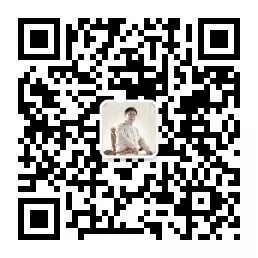
Dr. Luo Dalun Channel
WeChat ID: luodalunpd
Dalun Academy
WeChat ID: Dalun_sy
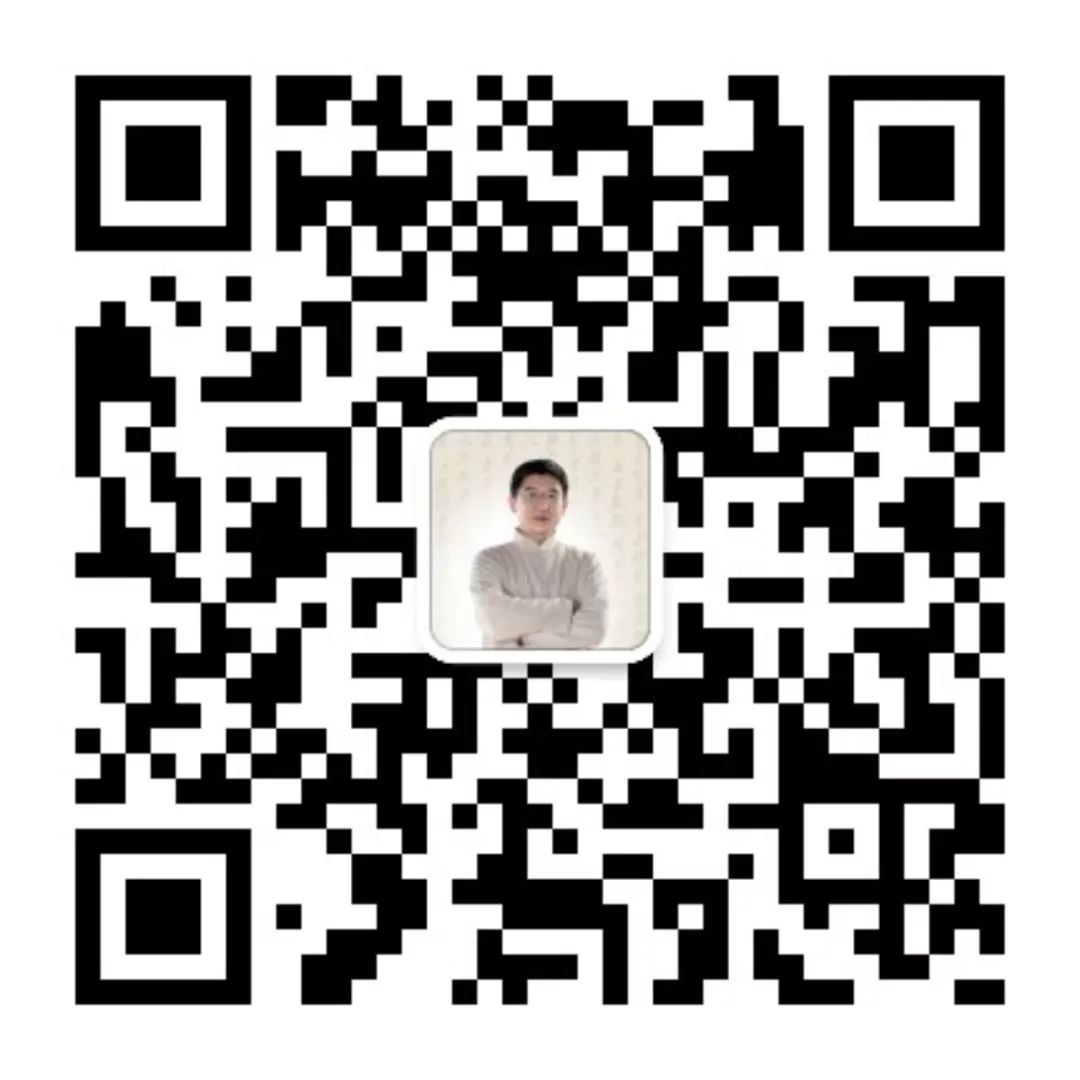

Dalun Parenting Talk
WeChat ID: dalun_yes
Dr. Luo Dalun
WeChat ID: Drluodalun
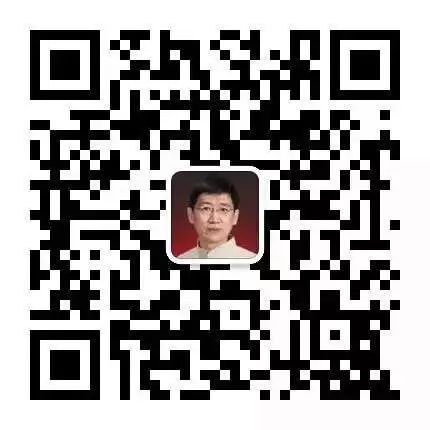
🔹The copyright of original articles in this public account belongs to this account. If you need to reprint, please leave a message to the editor and indicate the source. Commercial use is prohibited.
🔹The articles reprinted by this public account are for learning and communication purposes only and fall within the scope of fair use. If there are errors in the attribution of images, data sources, or text copyright, please inform the editor, and the editor will immediately correct or delete them.
🔹This public account has the portrait rights of Dr. Luo Dalun. Any unauthorized use will be pursued legally.
🔹This public account is legally supported by Beijing Zhongzhe (Shenyang) Law Firm. This account will pursue legal responsibility for any unauthorized reprints, commercial use, and refusal to delete posts after warnings.

